Feather Popper Tying Recipe
Big Bird Bugger Tying Recipe
Hook - Eagle Claw L2BU-2 Octopus All Purpose sz 2
Thread - olive 120 Denier or clear mono
Tail - olive krinkle Hair, 3 chartreuse barred rubber legs, 6 strands olive polar or krystal flash, 3 olive barred rubber legs, olive krinkle hair *the krinkle hair provides a foul guard while still enabling the rubber legs to move freely. you can also use buck tail or fish hair as well.
Body - olive cactus chenille
Head - coat with olive or chartreuse finger nail polish and top coat with Sally Hansens Hard as Nails
Tying Notes
This fly is super easy to tie and it catches fish! You can tie a lot quickly and vary colors to match bass foods in your local waters. The rubber legs are the key to this pattern as they provide a ton of action even when the fly is not being moved. The legs should be about three times the length of the hook. Do not skimp on the krinkle fiber as it will keep the rubber legs from fouling. Just remember to trim and taper the fibers as needed.
I will be posting a video soon on how to rig and fish this simple but effective fly for bass!
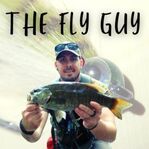
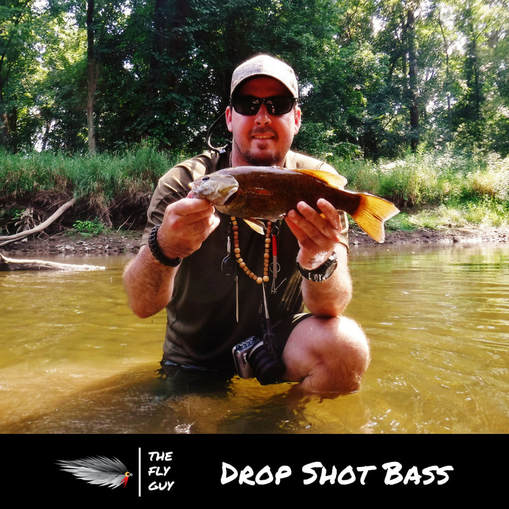
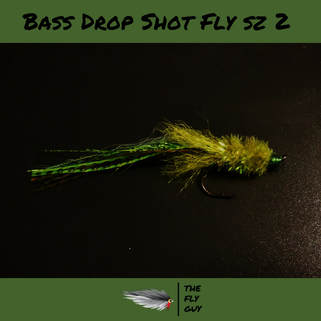
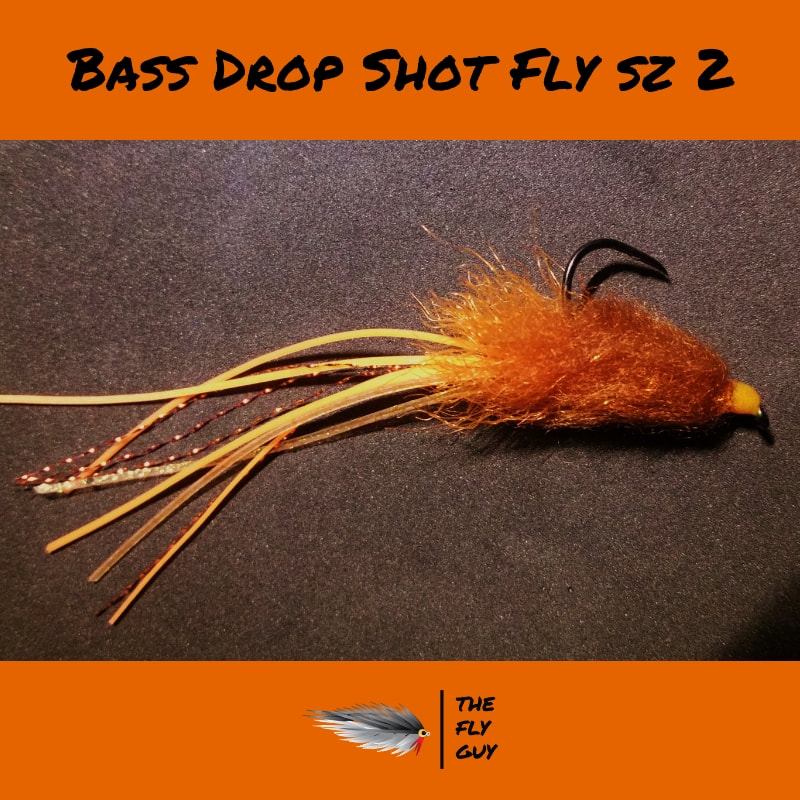
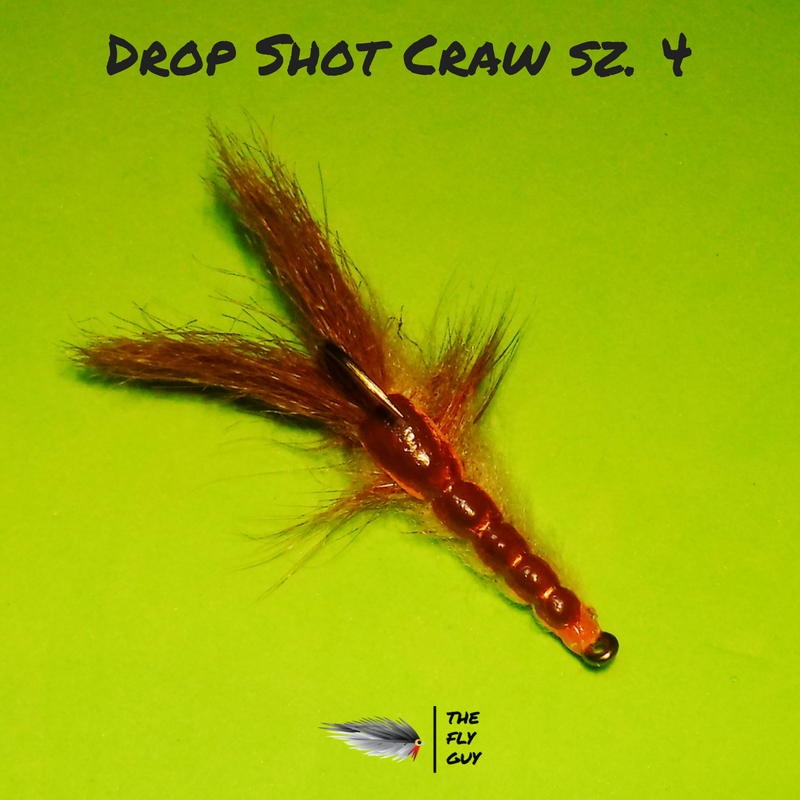
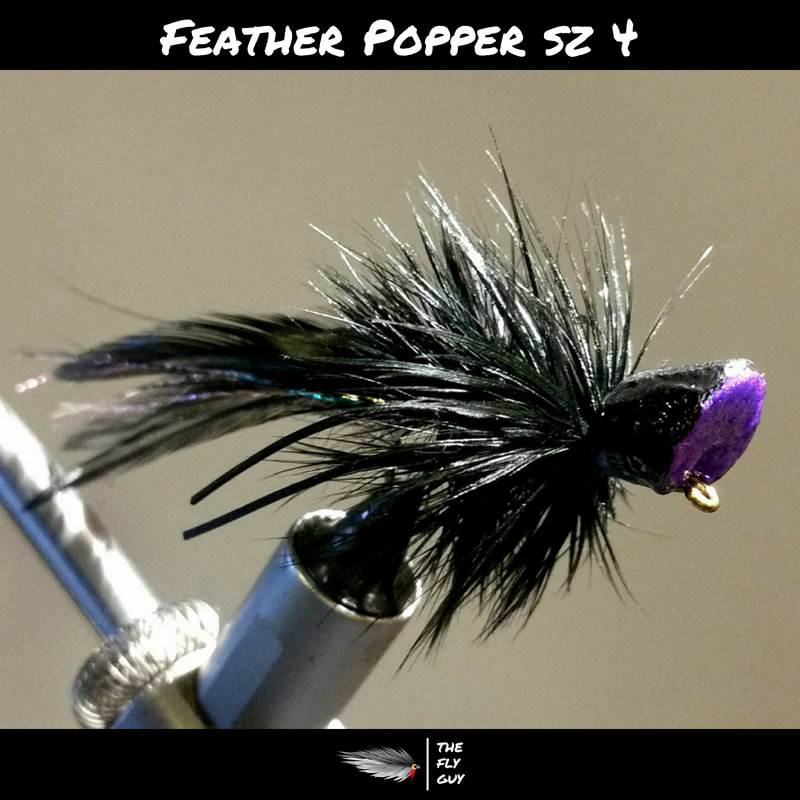
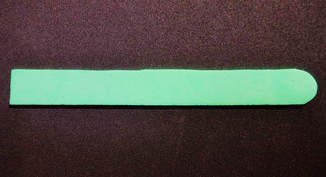
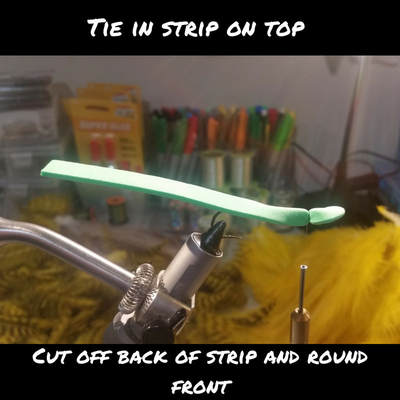
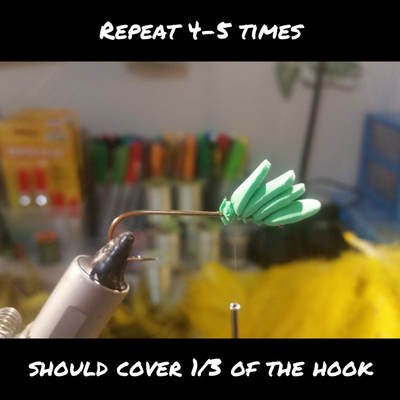
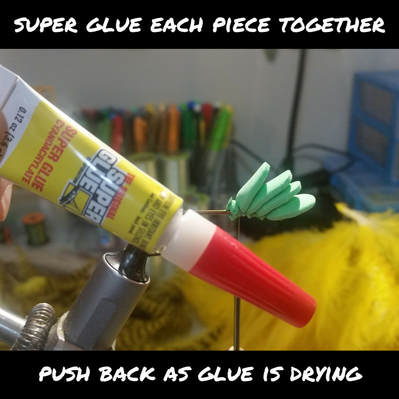
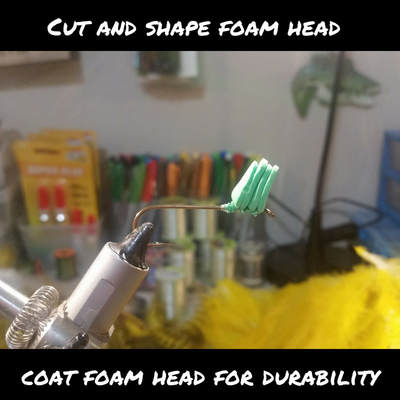
 RSS Feed
RSS Feed